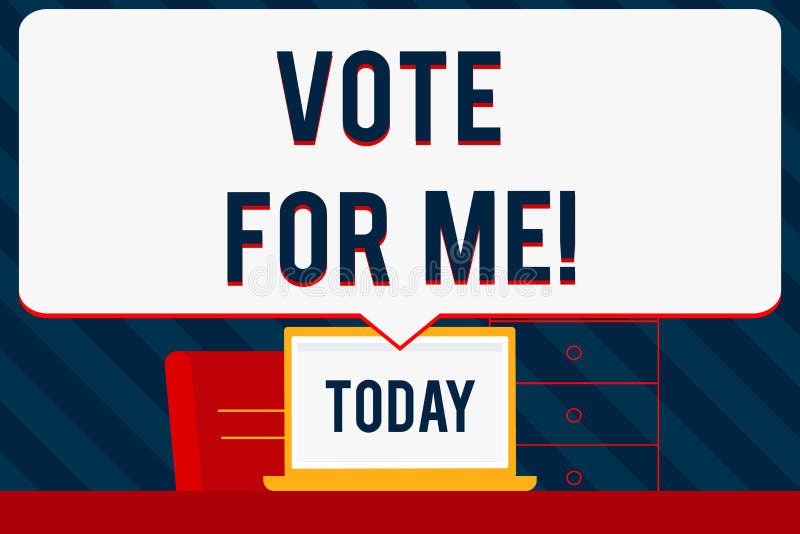
Still reeling from the horrors of the Sept. The administration’s success in these efforts was the result of several factors, not least of which was the climate of public opinion at the time. Bush and his administration marshaled wide backing for the use of military force in Iraq among both the public and Congress. Throughout 2002 and early 2003, President George W. military action at the start of the conflict and, perhaps more importantly, in the months leading up to it. The bleak retrospective judgments on the war obscure the breadth of public support for U.S. Majorities of military veterans, including those who served in Iraq or Afghanistan, came to the same conclusion. As Americans looked back on the war four years ago, 62% said it was not worth fighting. Yet the military campaign that began so auspiciously ended up deeply dividing Americans and alienating key U.S. The war began March 19, 2003, with an overwhelming show of American military might, described by the unforgettable phrase “shock and awe.” Within weeks, the United States achieved the primary objective of Operation Iraqi Freedom, as the military operation was called, ousting the regime of dictator Saddam Hussein.

servicemembers and hundreds of thousands of Iraqis. It was the start of an eight-year conflict that resulted in the deaths of more than 4,000 U.S.

Twenty years ago this month, the United States launched a major military invasion of Iraq, marking the second time it fought a war in that country in a little more than a decade.


 0 kommentar(er)
0 kommentar(er)
